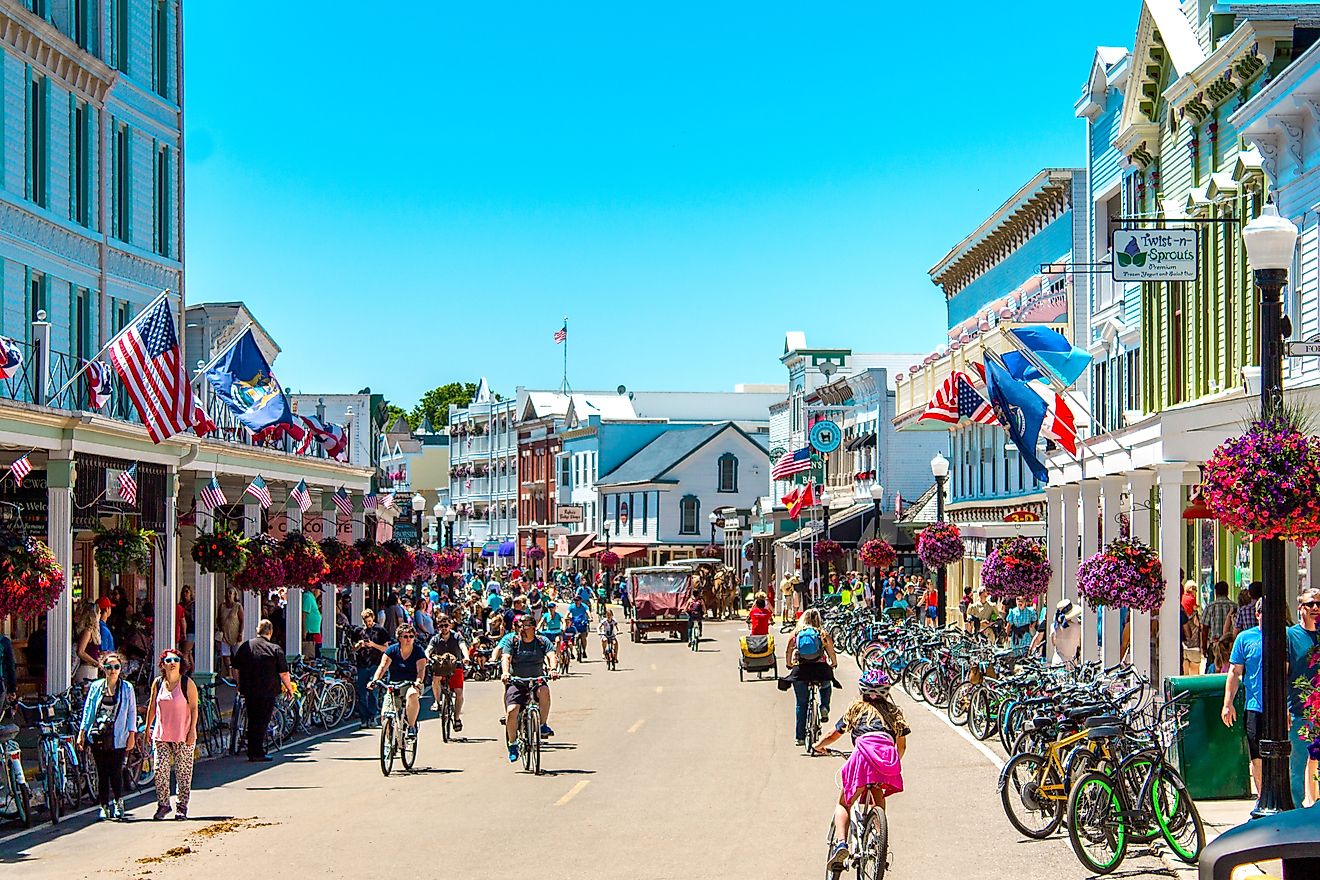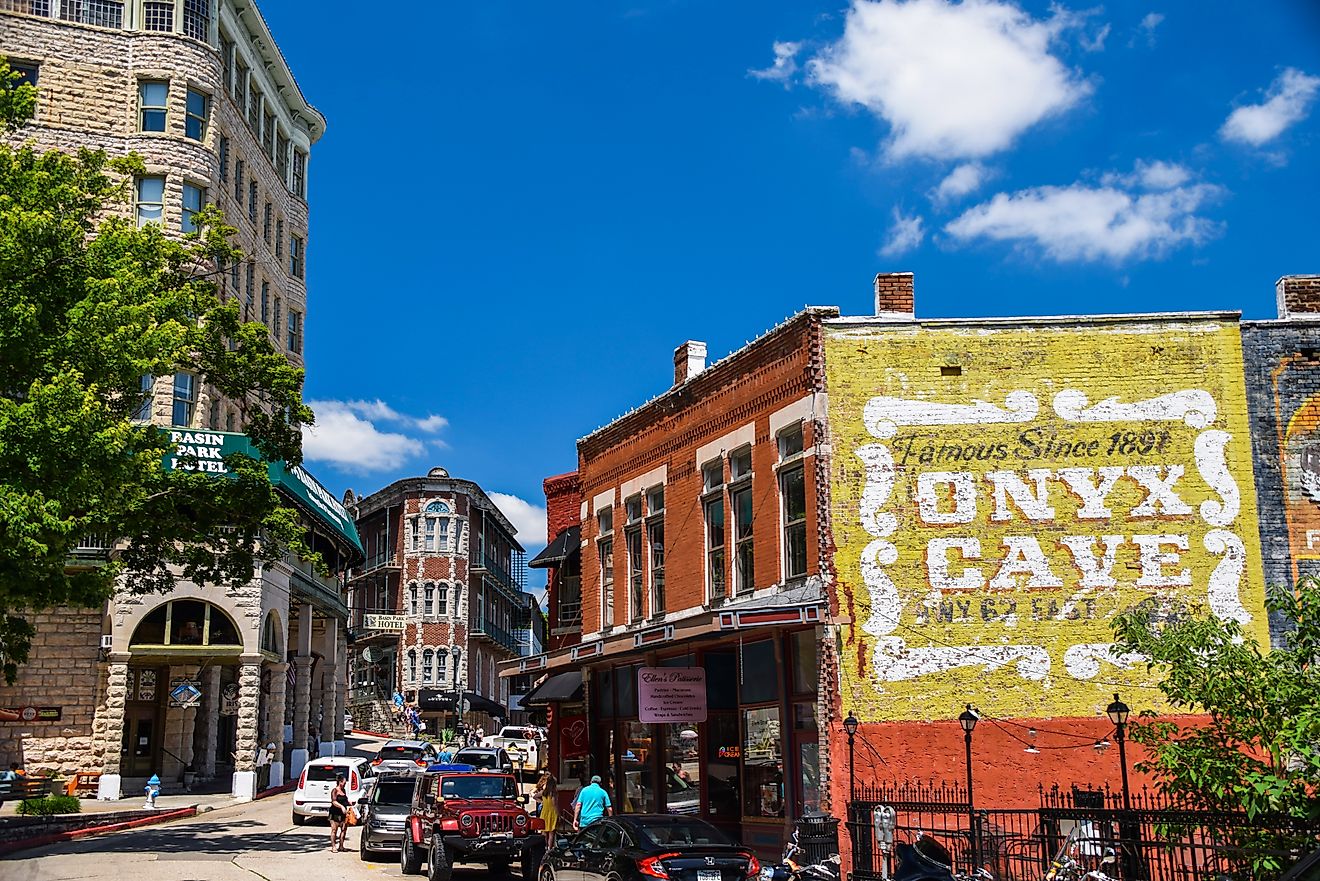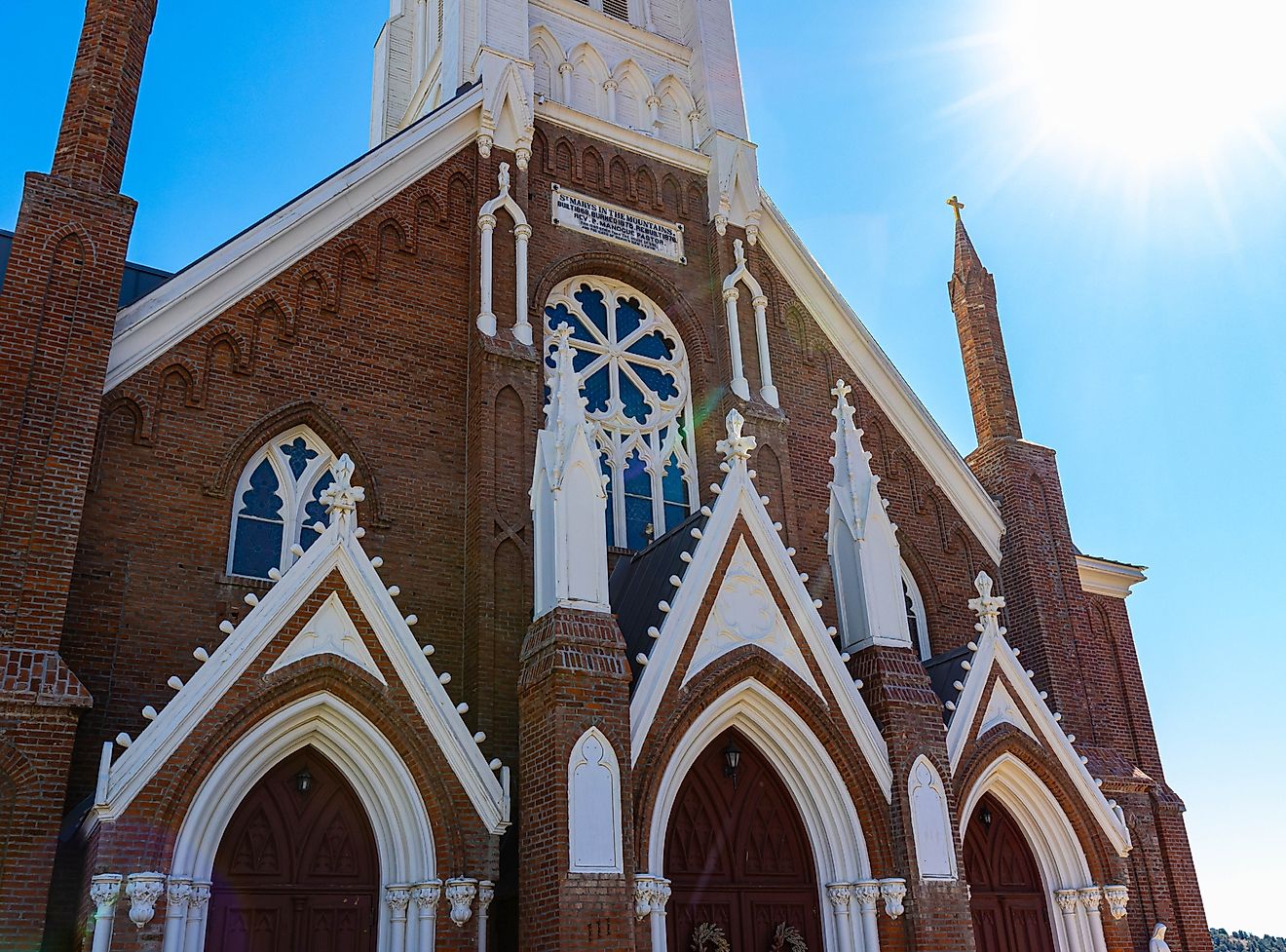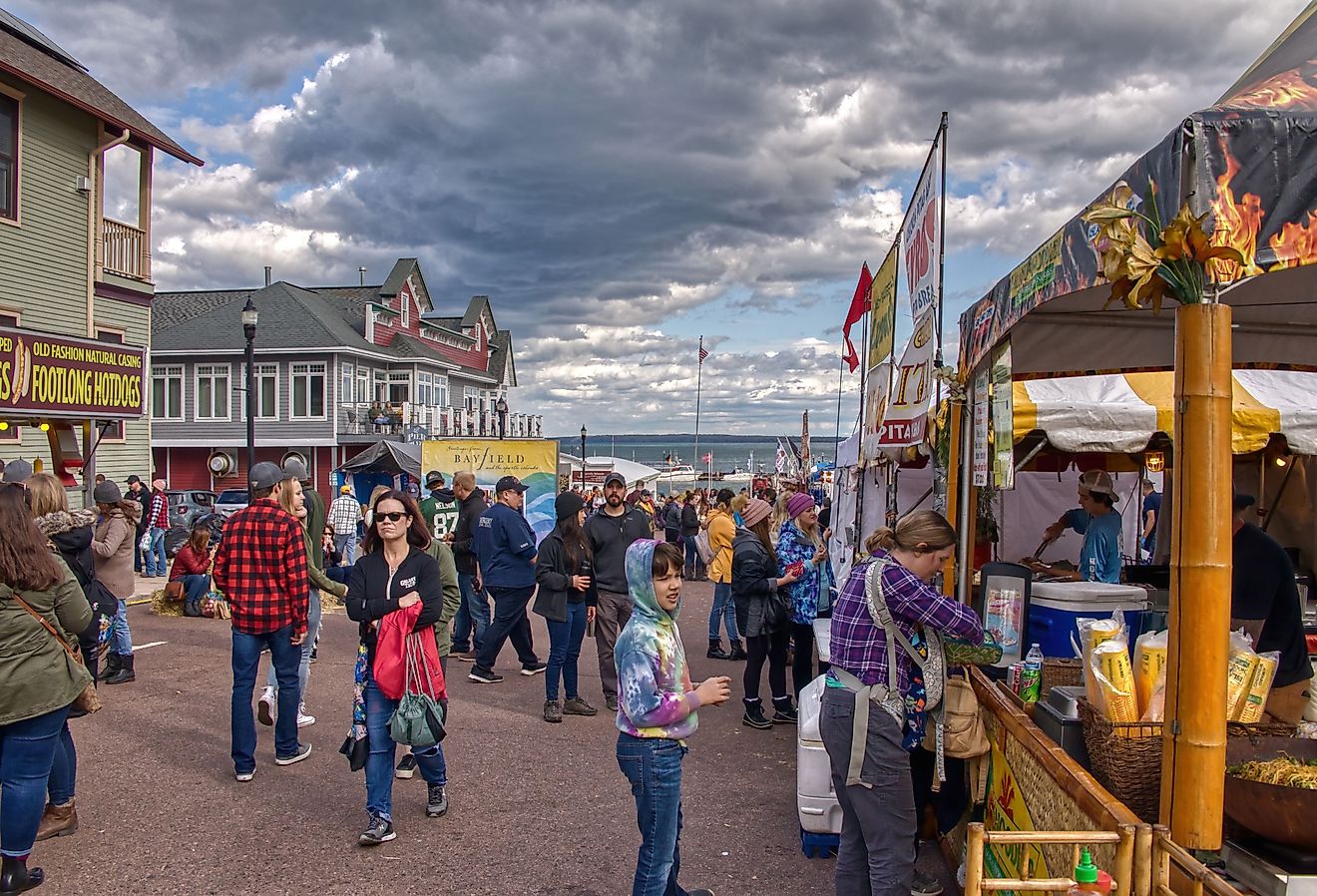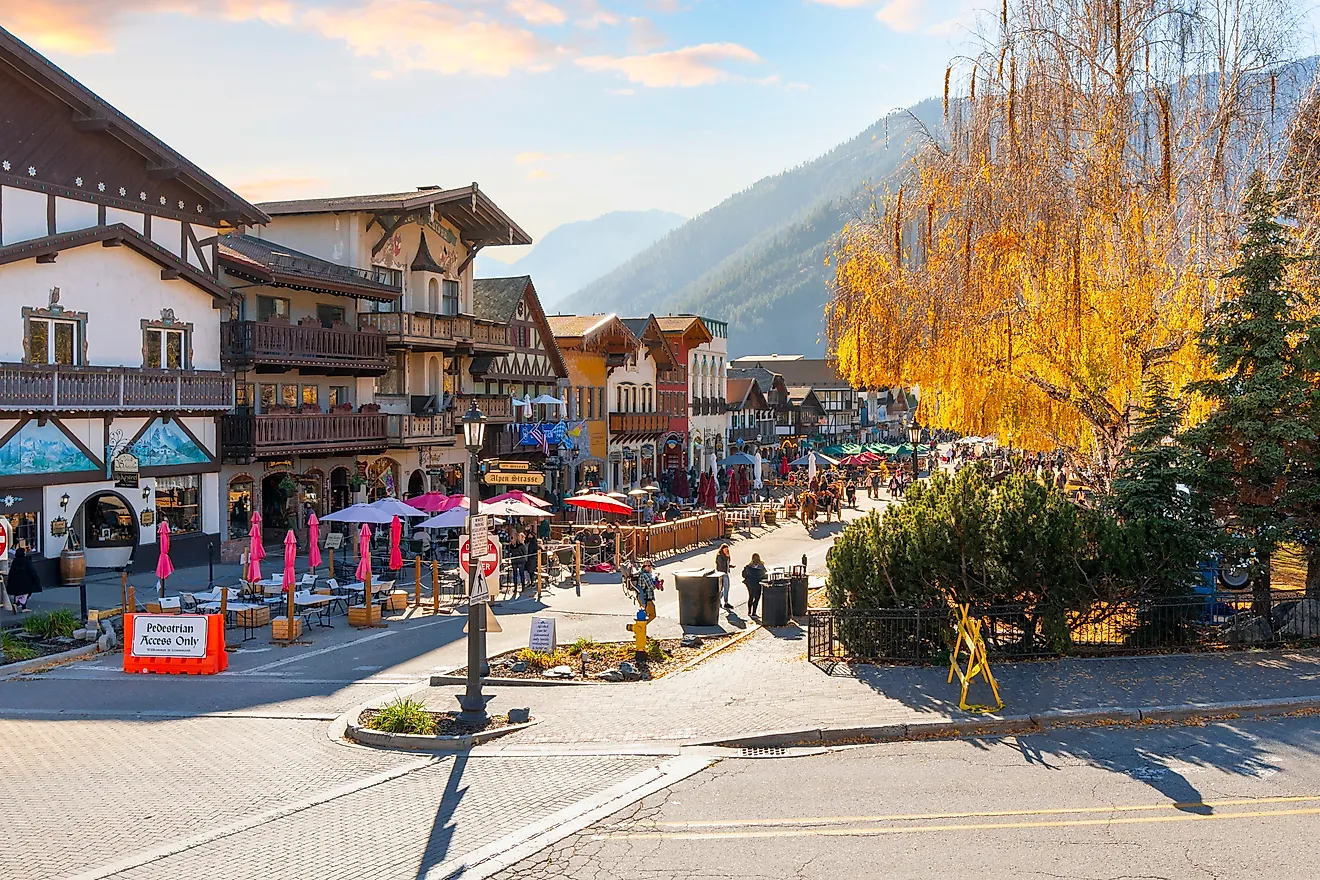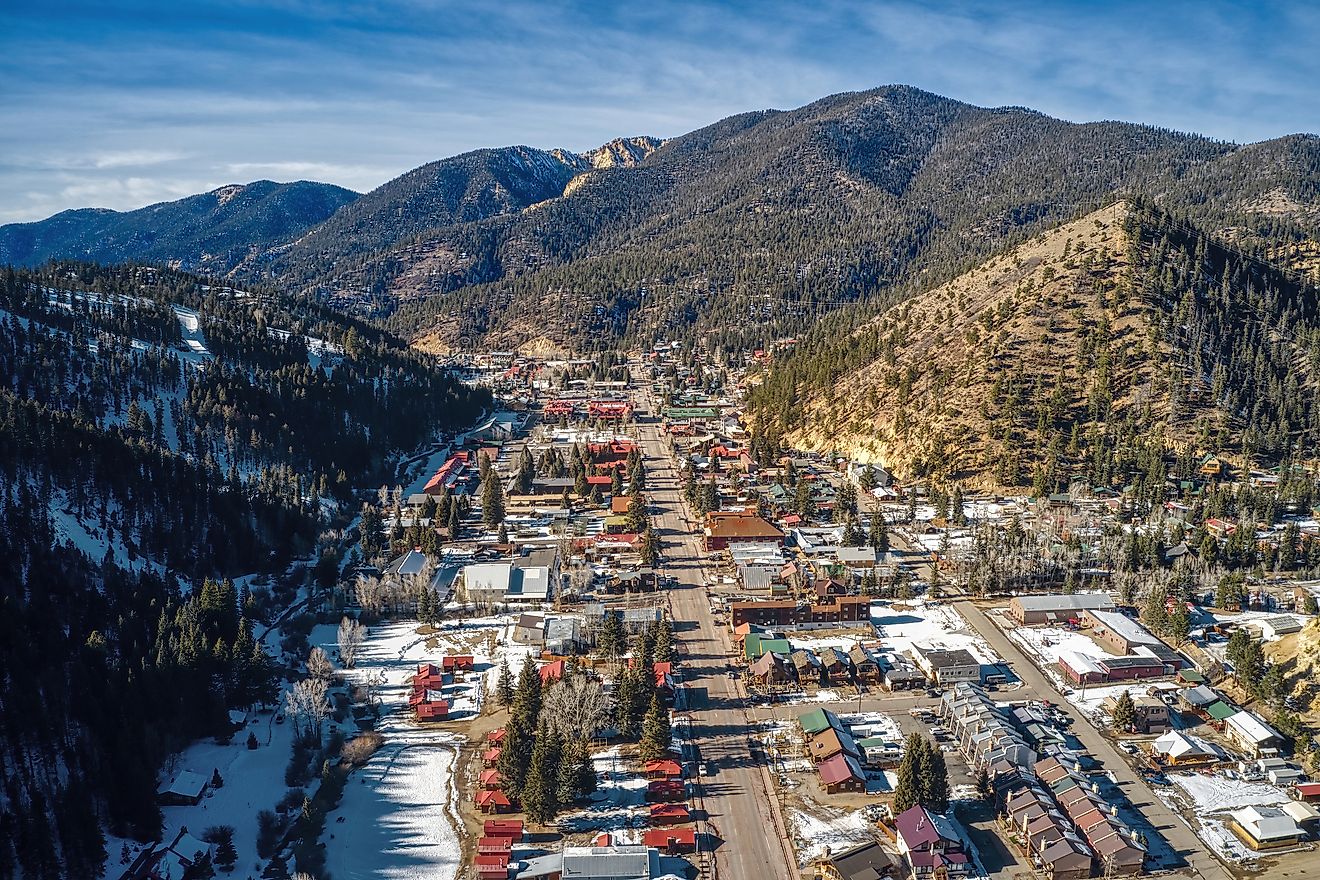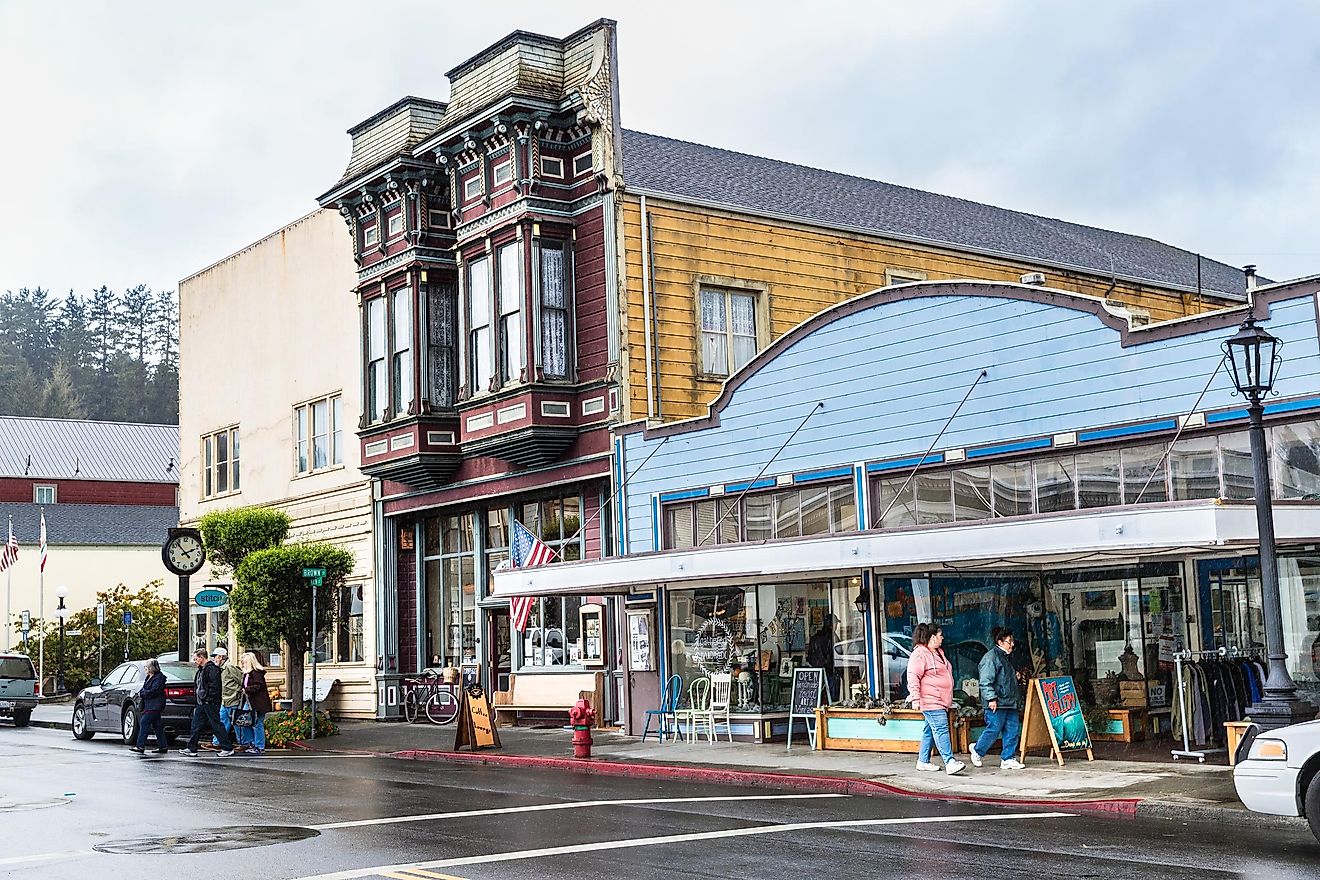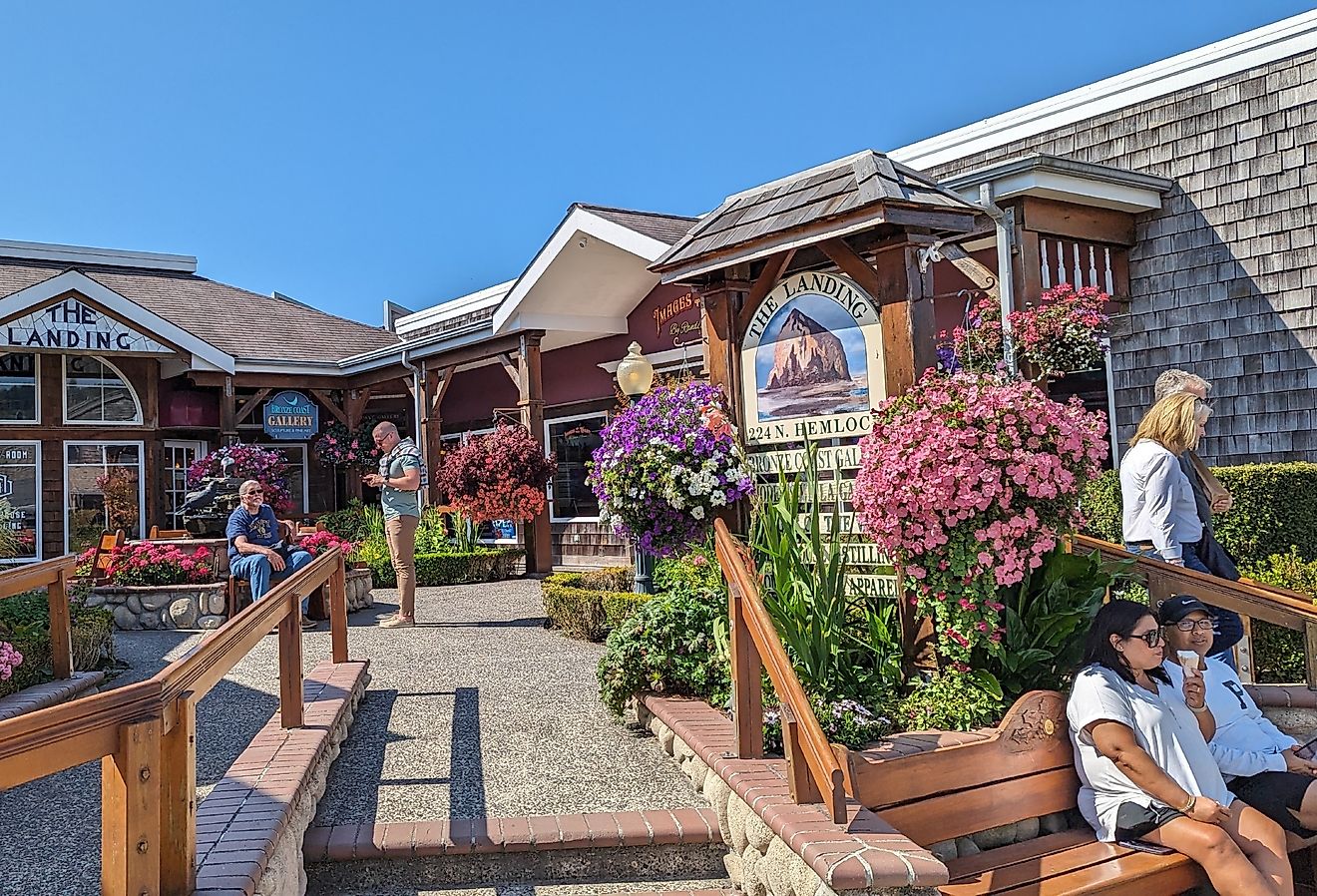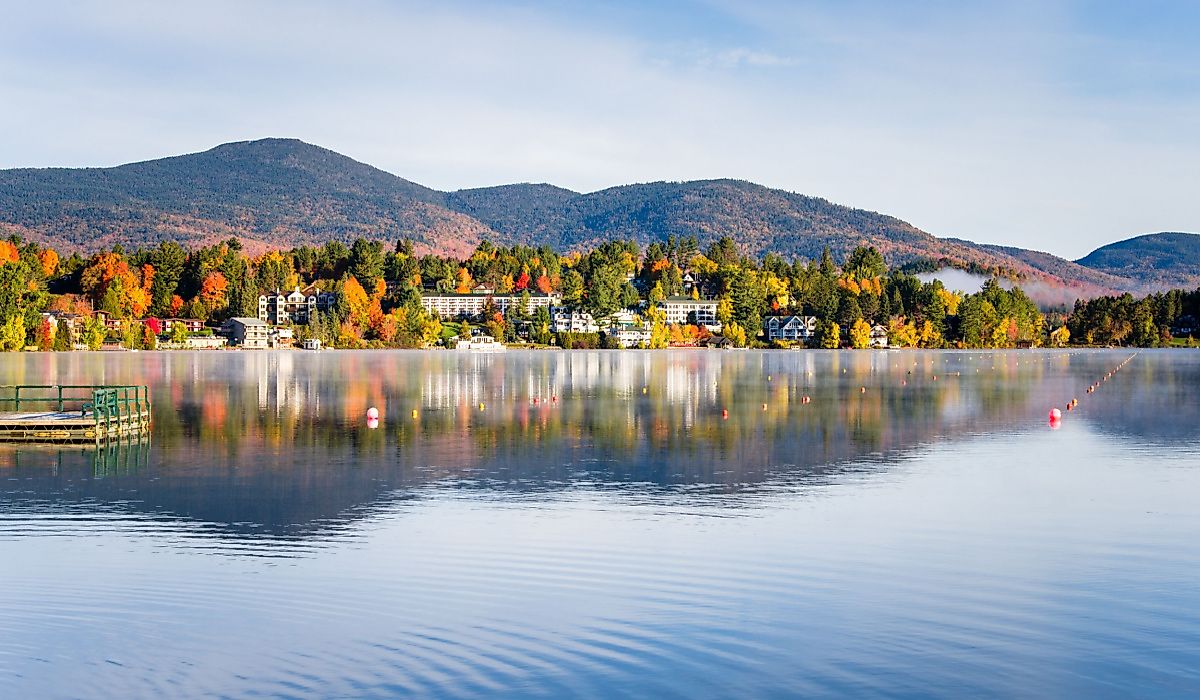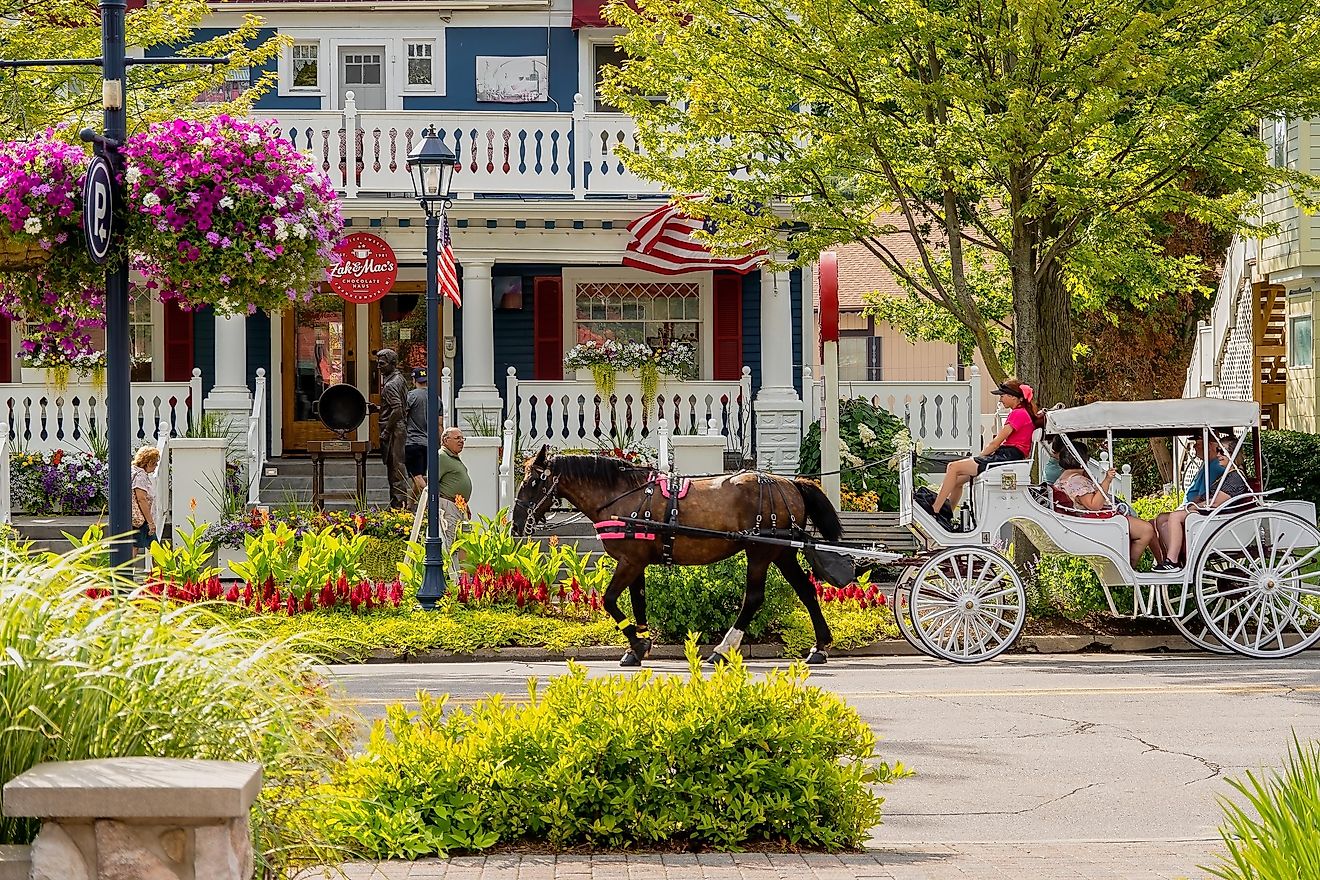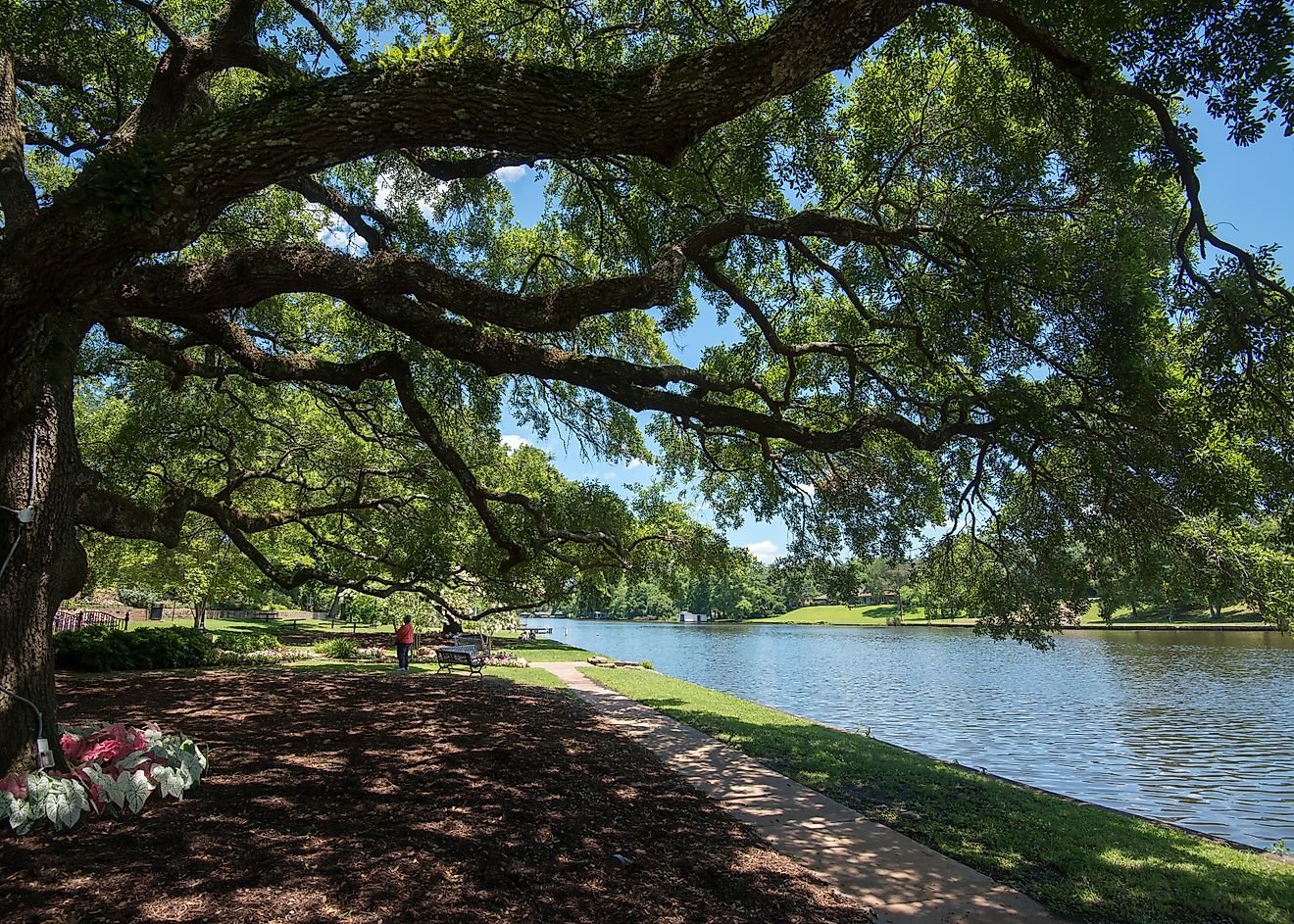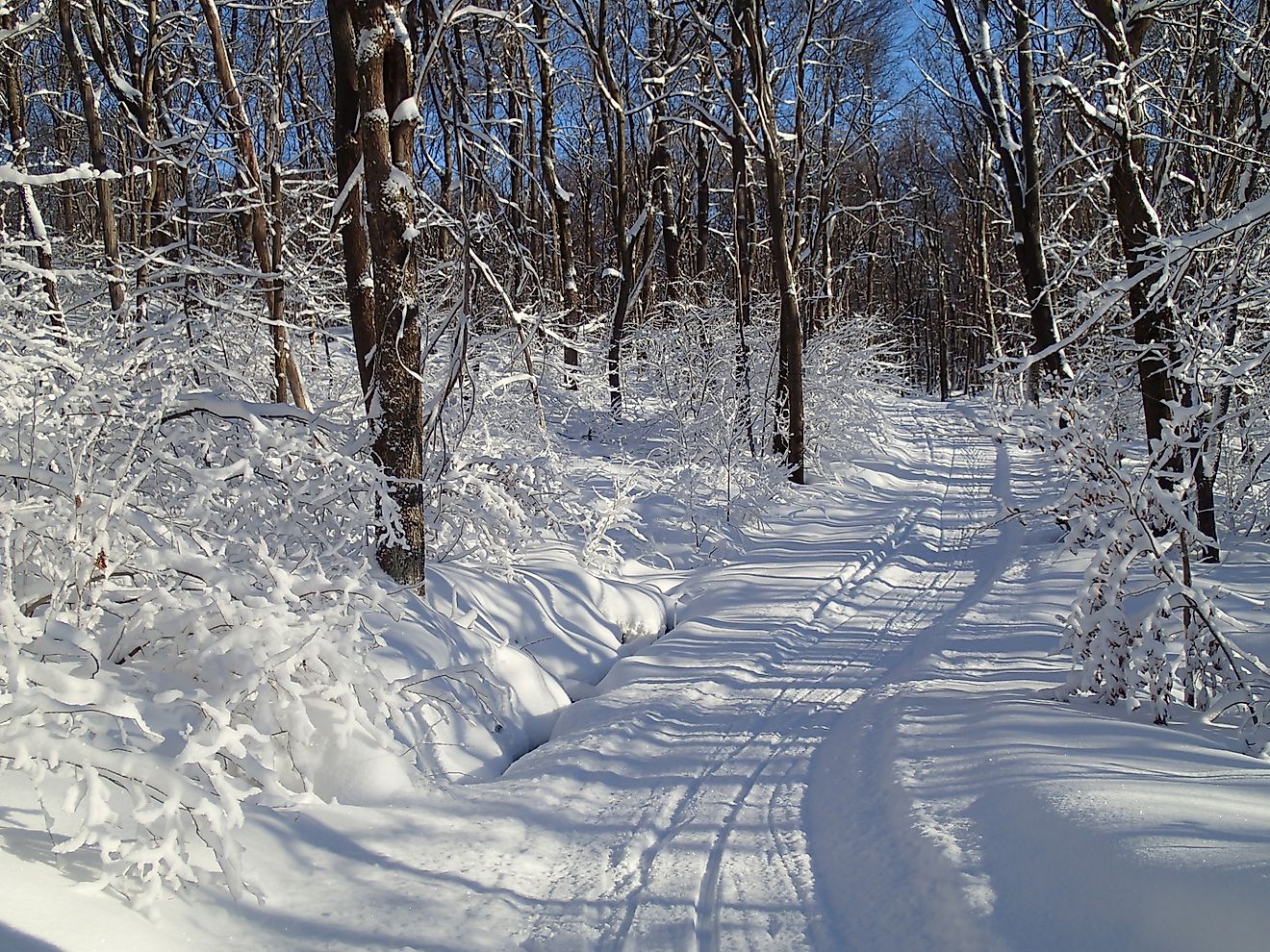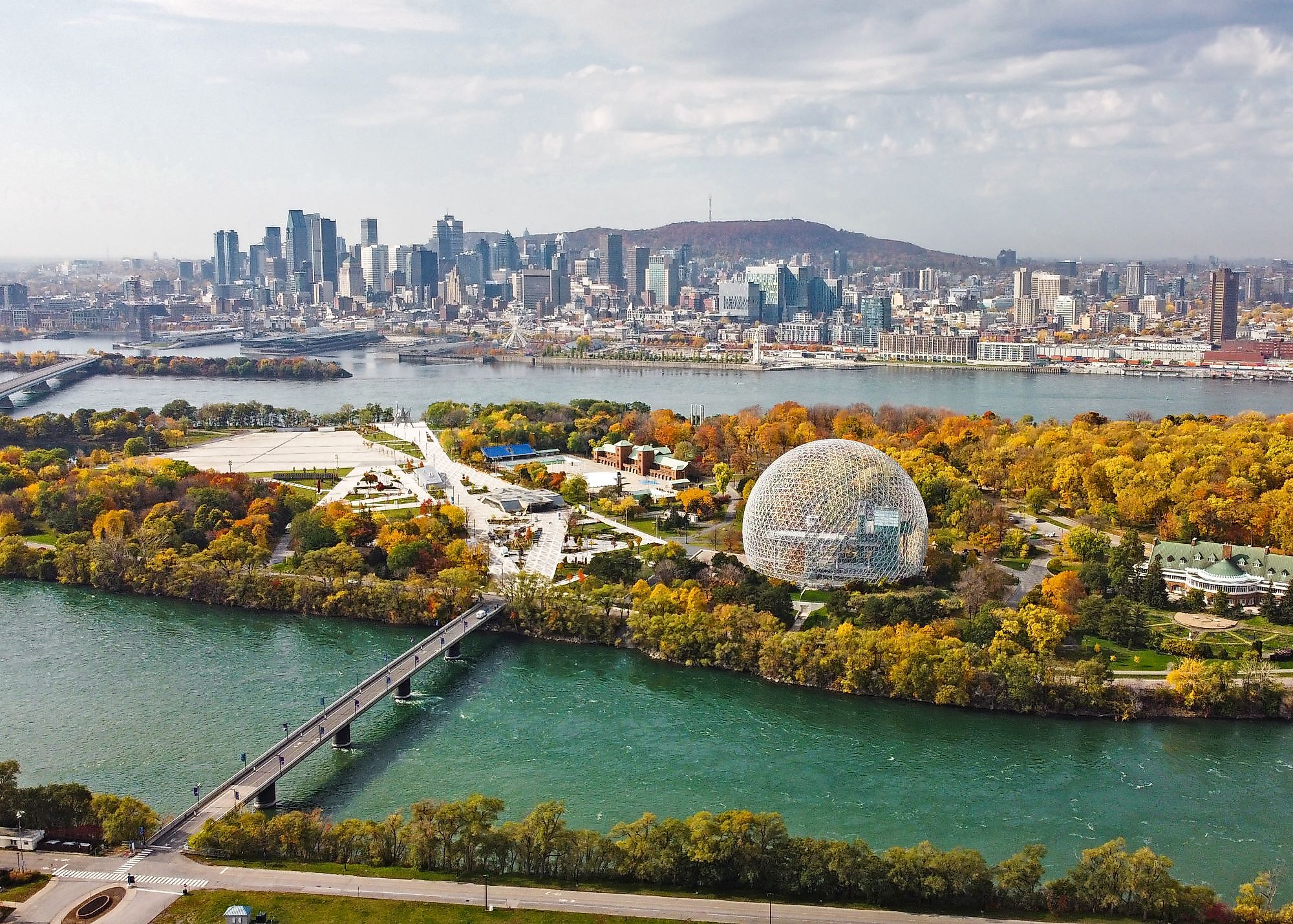
Montreal, Canada
Montreal is a contemporary and historic city, with centuries-old architecture and festivals presenting the world's top musicians. Montreal is Canada's second-largest and second-most-populous city, as well as the most populous city in Quebec. The city features a blend of history and scenery with 20th-century architectural wonders resulting in many beautiful attractions for the visitors.
Geography And Climate Of Montreal
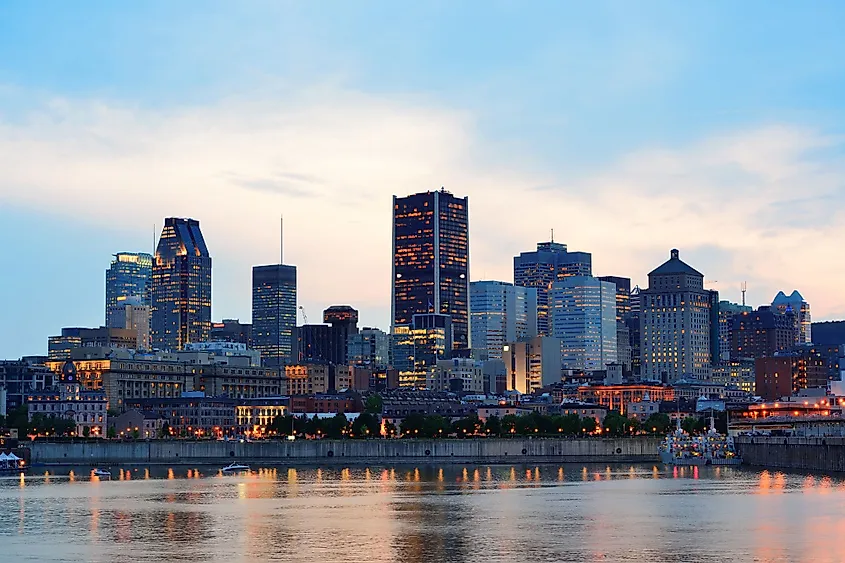
Montreal is situated in the southwestern portion of the Canadian province of Quebec, about 275 km southwest of Quebec City - the provincial capital, and 190 km east of Ottawa - the federal capital. The city is also situated about 550 km northeast of Toronto and 625 km north of New York City. Montreal has been named after a three-headed summit called Mount Royal, residing in the middle and eastern sections of Montreal Island, the biggest island in the Hochelaga Archipelago. The archipelago consists of more than 320 islands, with the city encompassing nearly one-third of them. The Saint Lawrence and Ottawa Rivers constitute the island's boundaries, and Montreal's port is situated at one end of the Saint Lawrence Seaway, which reaches all the way from the Great Lakes to the Atlantic Ocean.
Montreal experiences a humid continental climate, yet its closeness to the Great Lakes and the prevailing westerly winds affect the winter and summer temperatures. In January, the average temperature is -9°C; however, the windchill factor can drastically reduce the temperature. The average July temperature is 22°C; however, the daytime temperatures can easily exceed 30°C.
History Of Montreal
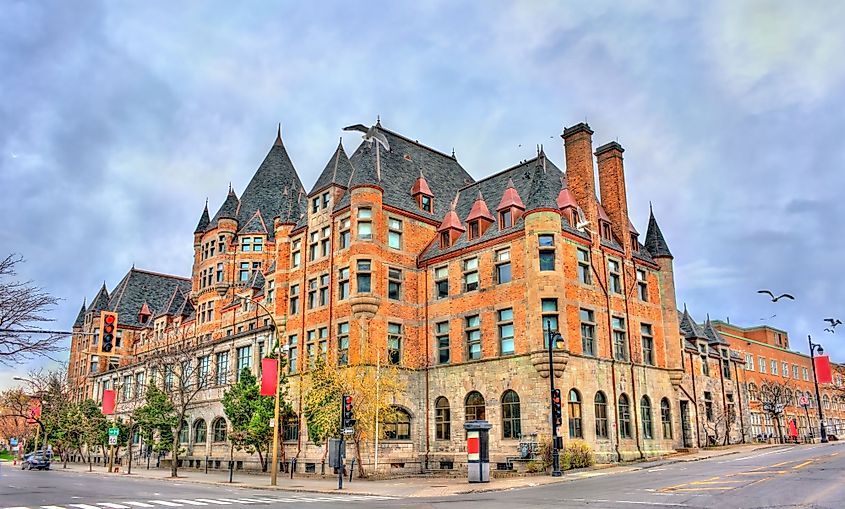
In 1635, Jacques Cartier, a French explorer, arrived on the island of Montreal. Paul de Chomedey de Maisonneuve then led a group of French emigrants to Montreal in 1642. The nascent colony's lifeline was the fur trade. However, until 1701, when a treaty was made, the early immigrants were met with hostility from the Iroquois. After that, in 1760, the British took over Montreal. At the time, it had a population of around 5,000 people. Although it appears little, it was a respectable-sized town in the 18th century. In November 1775, the Americans took Montreal, but they fled after seven months. Montreal prospered under British rule, with the establishment of the Bank of Montreal in 1817 and the Lachine Canal opening in 1825. In 1832, Montreal became a city. Montreal's facilities significantly improved during the nineteenth century. It was illuminated by gas beginning in 1836, and the Montreal Police Department was established in 1843. Then, in 1847, a railway link was built between Montreal and Lachine. Later, in 1852, Montreal was destroyed by a devastating fire. The city, however, quickly recovered. Montreal had a population of roughly 58,000 people in 1852, and it continued to develop fast. By 1914, it had grown to almost 500,000 citizens.
Population And Economy Of Montreal
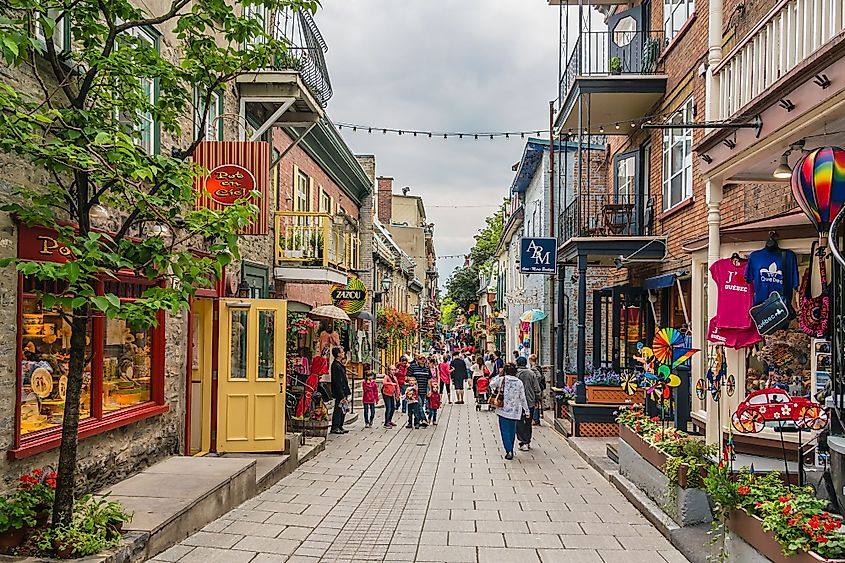
Montreal has a population of 1,704,694 people. The age group between 25 and 29 years old forms the highest population in the city, while the age group between 80 and 84 years old has the lowest population. Montreal's population consists of 31.06% Black people as the largest ethnic group, then comes Arabs, followed by Latin Americans. Between the ages of 15 and 64, 68.39% of the population is employed. Montreal's economy is the second-largest in Canada (the largest being Toronto's) and the first in Quebec. The city serves as a hub for business, industry, technology, culture, finance, and international affairs. It has a diverse economy with a large French-speaking population. Many Francophone-owned businesses have their headquarters in the city.
Attractions In Montreal
Notre-Dame Basilica
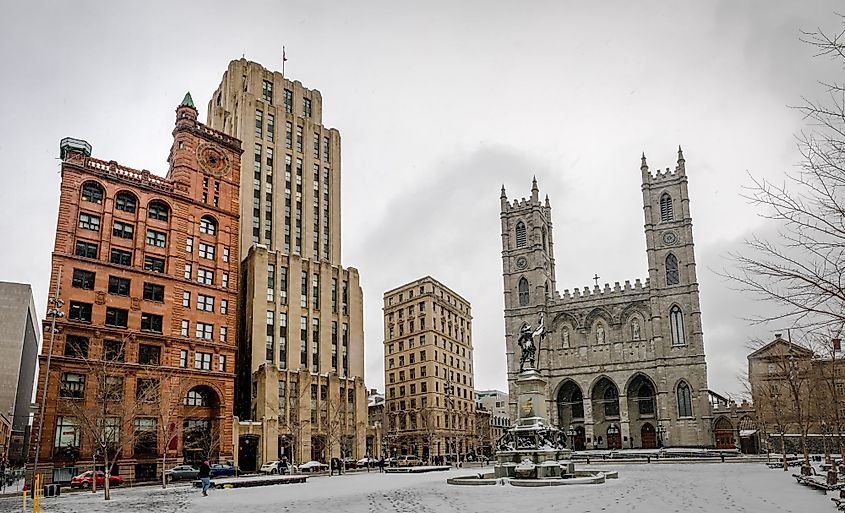
It's impossible to overlook the two magnificent towers of the Notre-Dame Basilica of Montreal as you walk through Montreal's Old Port. It was Canada's first Gothic Revival-style church, and tourists are awestruck by its stained-glass windows and beautiful religious artwork. The Notre-Dame Basilica admission charge includes a 20-minute guided tour of its history, architecture, and art.
Old Montreal
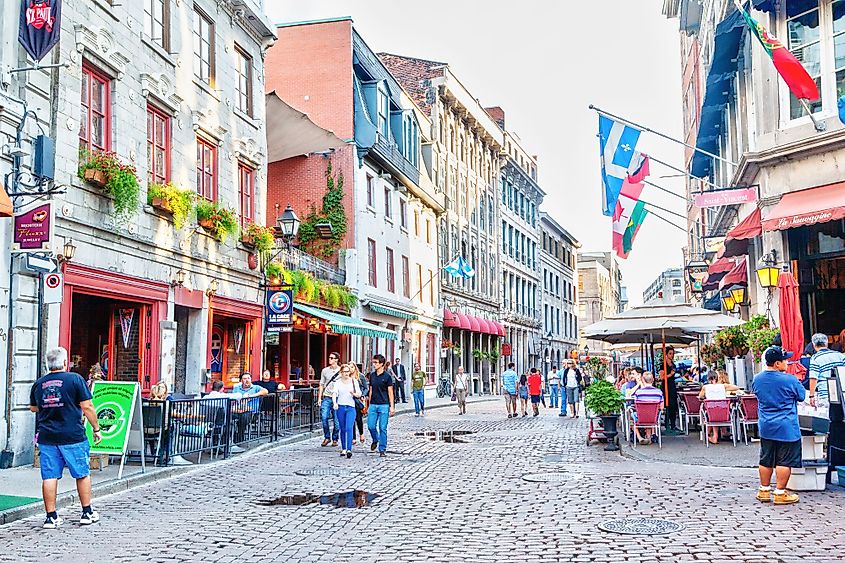
Old Montreal is the city's oldest area, and it comprises the original site of Montreal, which was founded in 1642. Nonetheless, the crowds who gather in Old Montreal conjure up images of youth and vitality. The different local fashion boutiques and cafés are always crowded. People visit the neighborhood during the day to stroll, cycle, and boat along the gorgeous waterfront and at night to drink and dine at the region's various chic restaurants.
Mount Royal
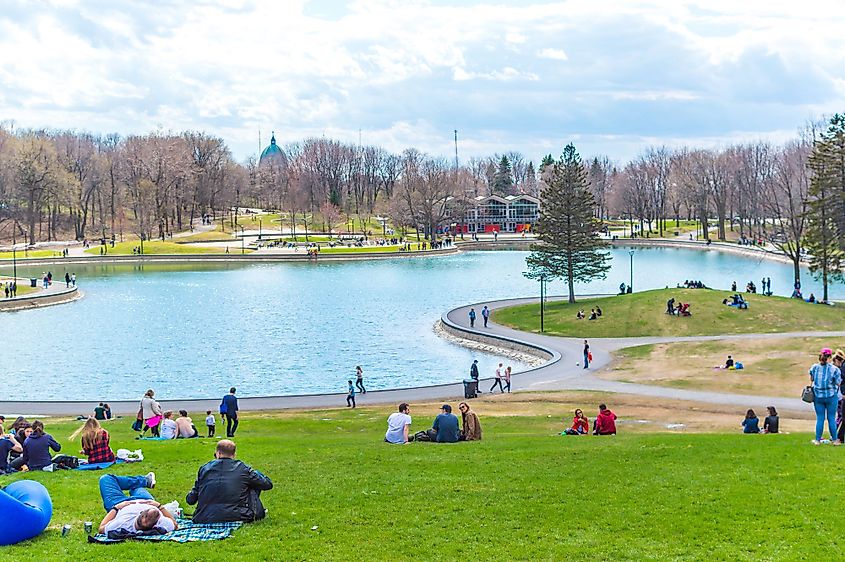
Apart from the significant structures, the leafy city center and extinct volcano are where most people orient themselves when they visit the city. Its three summits are one of the city's most beautiful green spaces, with areas to explore ranging from the park's green meadows at its foot to the waterfalls and trails flowing up its slopes or lounging by Beaver Lake on its southwestern side.
Jacques Cartier Bridge
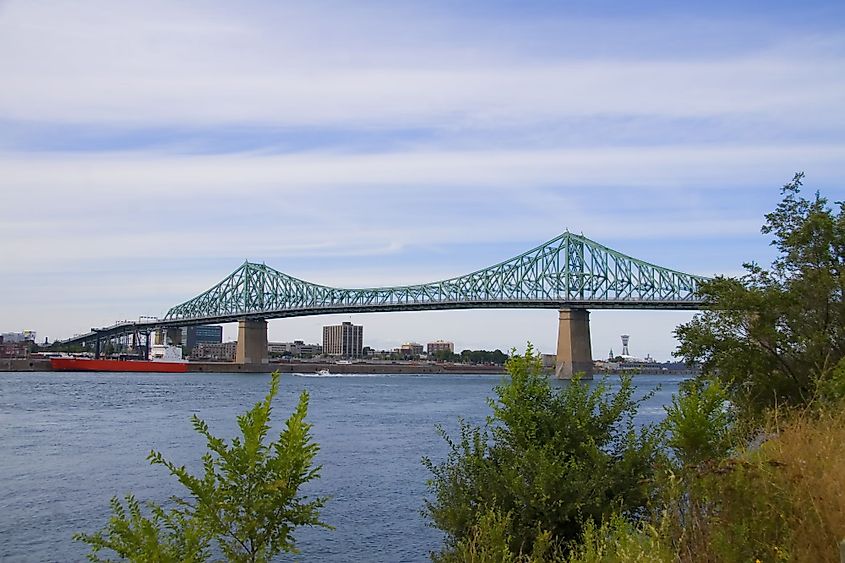
This piece of connecting infrastructure was named after the explorer who claimed Montreal for France and was opened in 1930 to connect the Island of Montreal to the city of Longueuil to the south across the Saint-Lawrence River. This bridge was transformed from a necessity to an attraction in recent years when it was decked with 365 dazzling lights—one for each day of the year, fluctuating with the seasons—to commemorate the city's 375th anniversary, and it will remain that way until 2027.
Olympic Stadium
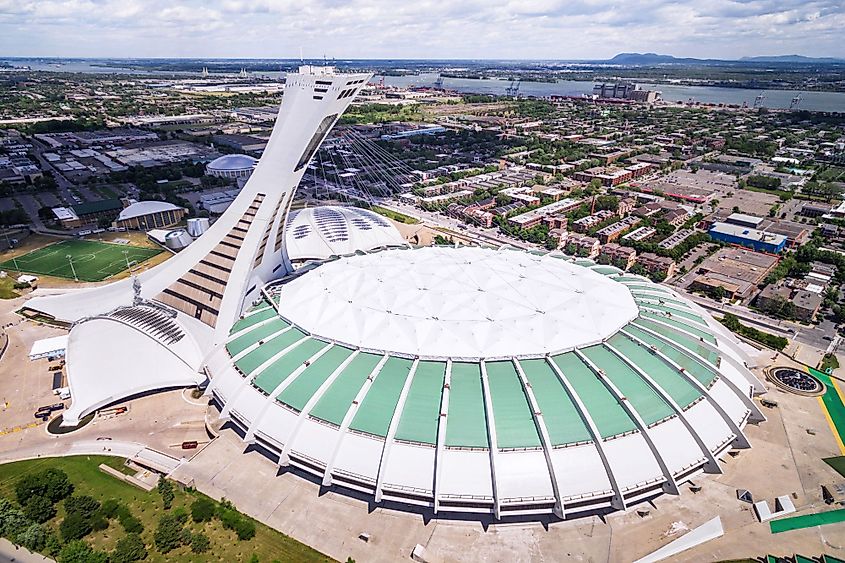
Like every other city chosen to host the Olympics, Montreal had to be ready as soon as possible. Part of the hustling culminated in constructing this stadium for the 1976 Summer Olympics. The largest stadium in the country in terms of seating capacity, it is now utilized for baseball exhibition games, monster truck rallies, soccer and football games, all of which make for an exciting day out. The Montreal Tower, a 574-foot-tall inclined tower with a top-level accessible through an elevator ride, is also linked to it and provides superb views of the city.
Botanical Gardens
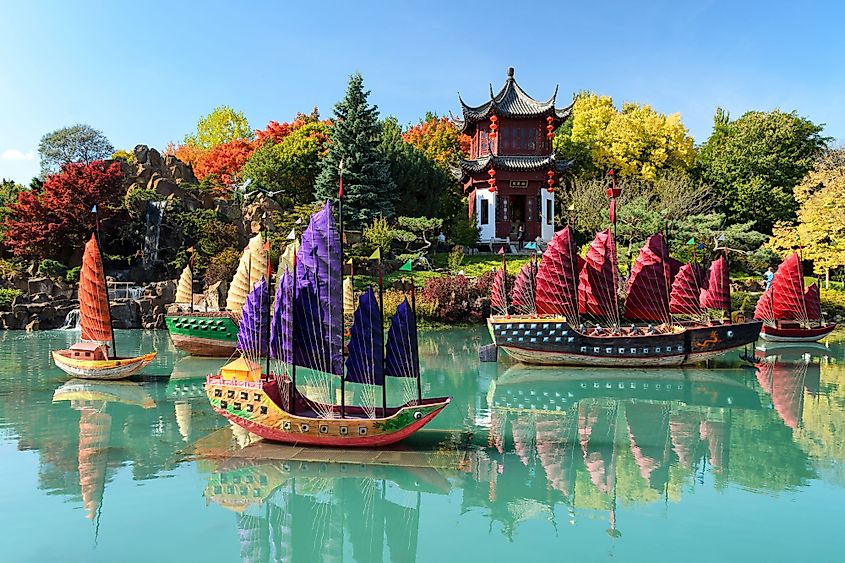
Montreal undergoes a remarkable transformation as the end of spring and the beginning of summer approaches when the city's gray and frozen streets turn green. To witness this dramatic transition, one must visit the Montreal Botanical Gardens, which has many plant varieties. Since its establishment in 1931, this Art Deco-style institution has expanded to include wonderful themed gardens, such as Chinese, Japanese, and First Nations, in addition to its greenhouses.
L’Oratoire Saint-Joseph
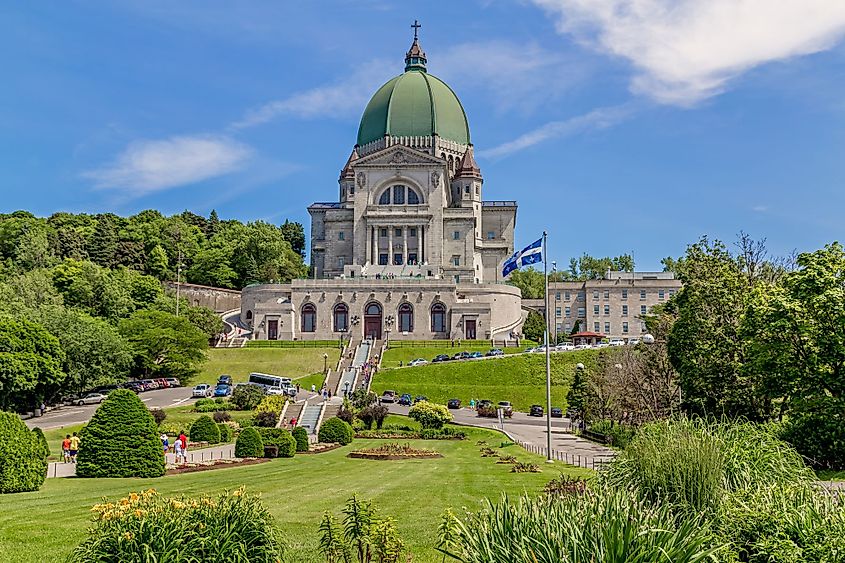
L'Oratoire Saint-Joseph is Canada's largest church, having one of the largest domes in the world. This landmark on the slope of Montreal's central mountain is difficult to miss, whether coming by land or air. This was the church of Brother André Bessette, a miracle worker who claimed to be able to heal visitors who ascended its 283 steps. It was finished in 1967. The heart of Brother André and hundreds of abandoned canes are on display at the church's museum. Aside from the oratory's magnificence, the views from the oratory's highest stairs are spectacular.
Chinatown
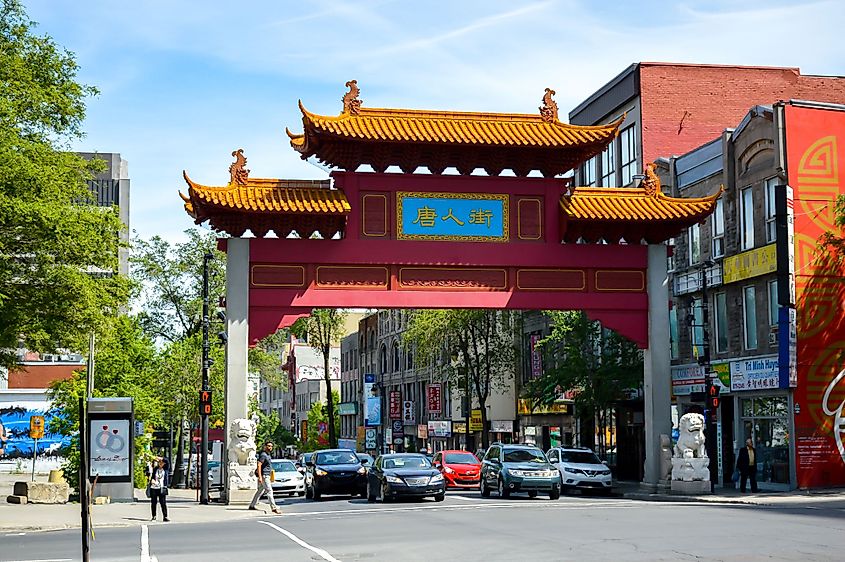
Montreal's Chinatown, which opened in 1902, attracts both locals and visitors who come to eat delicious buffets and shop for groceries and presents. What began as a laundromat community in 1877 has evolved into a famous city exploring destination. Visitors stream through any of its entrances, sliding into any business or restaurant that piques their interest. There are some of the most outstanding Chinese restaurants in town, and it's especially wonderful to visit during Chinese New Year festivities.
The capital of French-speaking Canada offers an excellent mix of history, food, and never-ending cultural activities. Walking and biking tours are great ways to explore the city's neighborhoods, from Old Montreal to Chinatown, and visit must-see landmarks like Notre Dame Basilica, Mount Royal, and St. Joseph's Oratory.
